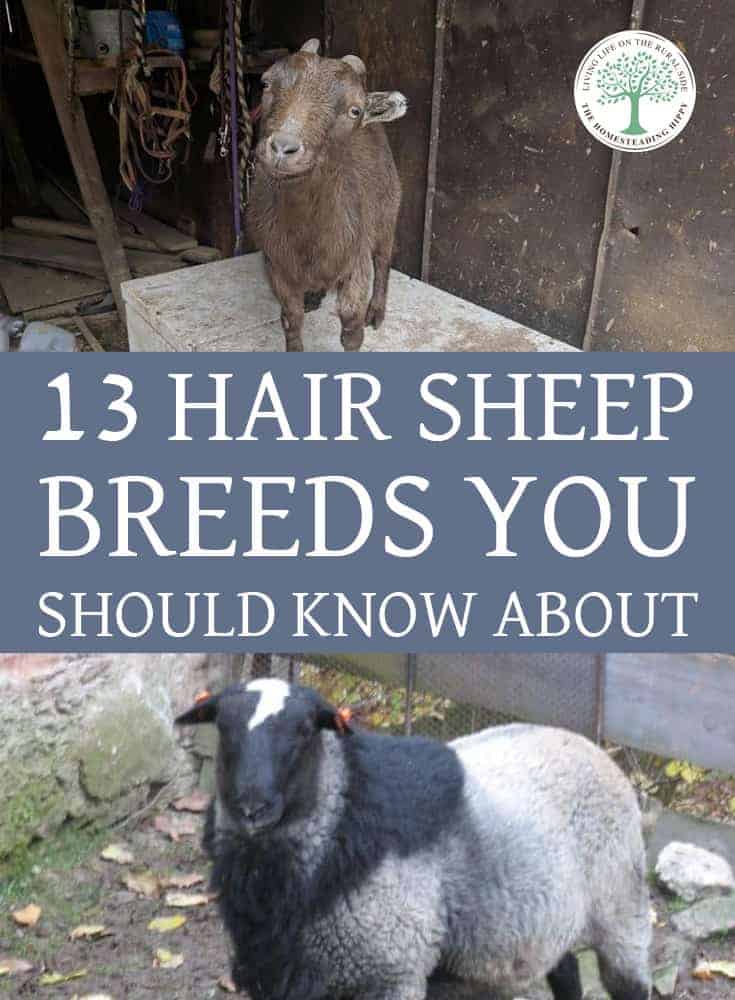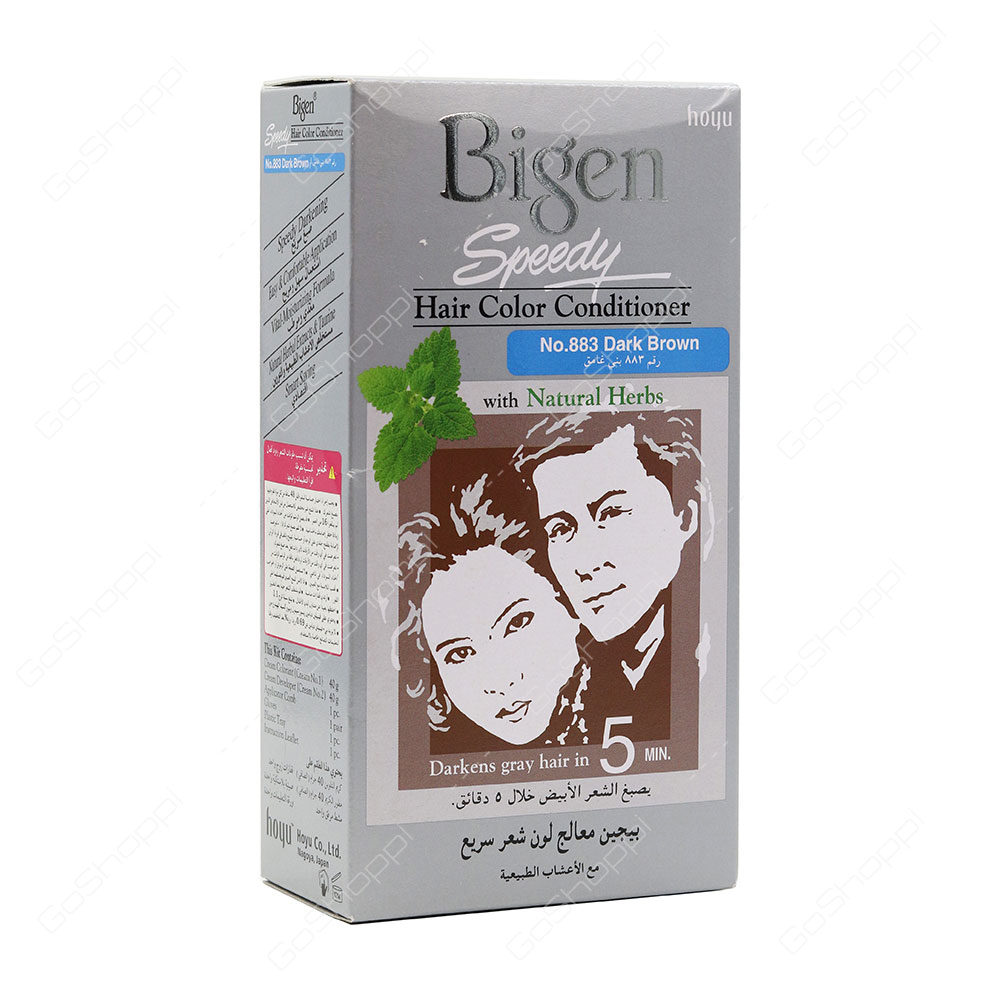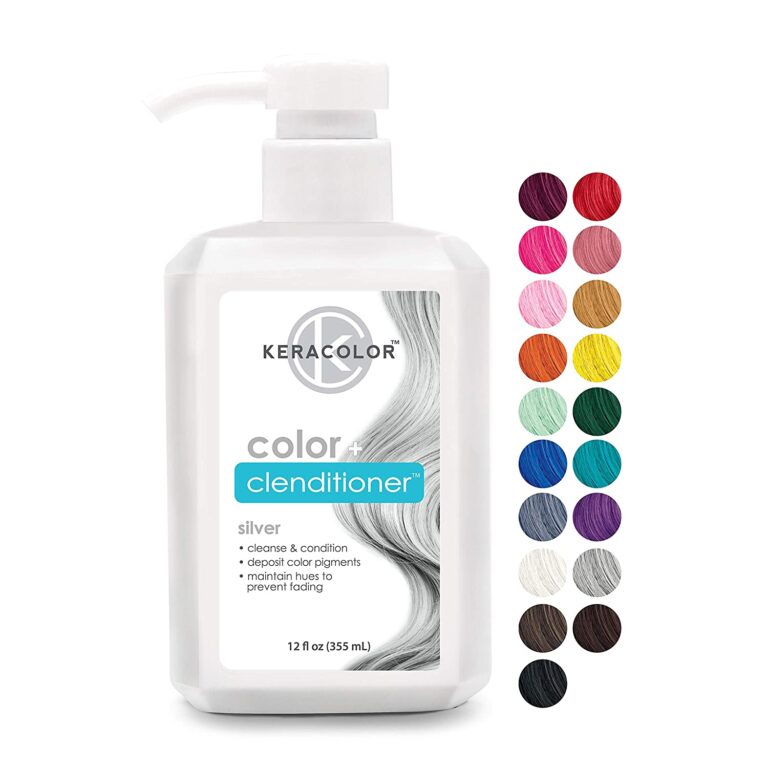Table Of Content

The resistance of hair sheep breeds to internal and external parasites significantly reduces the need for frequent veterinary care and chemical treatments. This hardiness not only decreases the level of upkeep required but also aligns with sustainable and organic farming practices. A South African breed of domestic sheep, the Dorper is a cross between Blackhead Persian and Dorset Horn sheep. It is a meat sheep that is well-suited to the dry areas of the country and is a fast-growing producer. Furthermore, it has been used in the production of many other sheep breeds, too. Sales of sheep meat and sheep breeding stock are on the rise in the United States and Canada.
Fine Quality Leather from Hair Sheep Breeds
In addition to meat production, hair sheep provide valuable by-products such as leather and fiber. Hair sheep leather is sought after for its durability and suppleness, making it a desirable material for high-quality clothing, bags, and footwear. Hair sheep demonstrate notable climate resilience, especially in arid climates where wooled breeds might face challenges. These sheep have adapted to thrive in environments with chronic heat stress, showcasing their ability to maintain good body condition scores even under challenging conditions. Raising hair sheep can be advantageous because they require less maintenance related to shearing and have good resistance to parasites.
North American Antelope Hair (Pronghorn)
In fact, the Touabire sheep have lop ears and a somewhat gaunt appearance. Found in variants of white, black, and brown, these sheep are descended from African sheep that were brought to the Caribbean on slave ships. They are largely parasite-resistant and are typically polled with no horns, too.
A Growing Commodity
If you plan to breed and sell sheep, then you’ll need to start with at least two or three breeding pairs. If you’re planning on using them for wool production, then you’ll need to start with a larger flock of around ten sheep. The most popular hardy breeds include the Dorset, Suffolk, and Texel. These sheep are capable of withstanding extreme temperatures and rugged terrain. They also have strong immune systems, which helps to protect them from diseases.

Dorper
(Icelandic sheep grow a double coat.) As wild sheep were domesticated, breeding for increased wool came into practice. Barbados Blackbelly sheep are polled and look unlike nearly any other sheep breed, resembling deer from a distance. They have brown, tan, or yellow bodies with black underparts and a medium to thick hair coat that they shed in spring. As a result, they are becoming increasingly popular with farmers and ranchers who are looking to produce high-quality meat.
Hair Sheep

Piel crossed his prized Katahdin ram with Suffolk, Hampshire, Southdown, and Tunis ewes. Later, he crossed Katahdin and Wiltshire sheep to enhance their size and bone. This allows the grass time to regrow in between grazings, which results in healthier pastures and happier animals. There are several types of Dorpers you will find, but the most common are white dorpers. That being said, St. Croix sheep can thrive in colder climates, too, as long as they have shelter.
Bighorn Sheep
Each month, we highlight our region's unique plants and animals. Furthermore, they have a strong resistance to disease, making them an ideal choice for flocks in areas where infection can be a significant threat. The animals are also known for their striking red color, which is thought to help them blend in with the surroundings and avoid detection by predators.
Doja Cat Defends Herself After Her Natural Hair Gets Compared To “Sheep’s Wool” - Vibe
Doja Cat Defends Herself After Her Natural Hair Gets Compared To “Sheep’s Wool”.
Posted: Mon, 01 Apr 2024 07:00:00 GMT [source]
How to Find Local Hair Sheep
Not only can most hair breeds be raised for meat as well as for their fiber, but they can often be raised as dairy animals, too. These sheep are native to Africa, where they have adapted to survive in hot, arid conditions. As a result, they are much more tolerant of heat than other sheep breeds. Most sheep are sensitive to cold weather and prefer warm climates, but there are a few breeds that do well in colder climates. One of these is the hair sheep, a type of sheep that lacks the outer coat of wool that insulates other breeds. They aren’t the best at lambing compared to other hair breeds, but they still, hold their own when it comes to the quality of their fiber and meat.
Mouflon sheep are native to the mountain ranges of the Caucasus and the Balkans and were first introduced to continental Europe and later North America. For the most part, they are raised on North American game ranches, where rams can reach up to 120 lbs. If you’re reading sheep for meat, those three characteristics make them highly desirable. The wool is merely a byproduct in a meat sheep, and you’ll only have to shear them occasionally (if ever) if you choose a meat breed. If you're thinking of adding sheep to your farm, or if you're already a sheep farmer, this website is for YOU. Blackhead Persian sheep are small to medium-sized, weighing 115lbs (ewes) to 150lbs (rams) upon maturity.
Native to South Africa, the Dorper is a sheep breed produced by crossing the Dorset Horn and Blackhead Persian. On her 22 acres, she raises chickens, sheep, and bees, not to mention she grows a wide variety of veggies. She has a huge greenhouse and does lots of DIY projects with her husband in her ever-growing homesteading endeavor. Before starting a flock of sheep, consider what you want to use them for.
Barbados Blackbelly sheep are some of the most common hair breeds. There is some controversy over where these sheep originated – some people argue that they are from Barbados, as the name implies, while others believe they are native to Africa. You are more likely to find a hair sheep breed living in a warmer climate than in a cold one. Royal White sheep are medium-sized, weighing 150lbs (ewes) to 250lbs (rams).
With their thick coats and strong legs, they are able to survive extreme weather and difficult terrain. They are also highly adaptable, making them ideal for both pastoral and agrarian settings. Below, I’ll detail some of the best possible breeds you can consider raising. Owning Goats vs. SheepIf you are interested in bringing a herd of small livestock to your homestead, you will want to look into both sheep and goats. After decades of cross-breeding, he was satisfied with the breed now called the Katahdin (after the tallest peak in Maine) in the mid-70s.
This sheep is prized for meat production, with the average ewe weighing up to 160lbs. These sheep are known to produce twin lambs and do not have to be sheared, instead, they shed their winter coats. Very tolerant of the humid hot conditions in the Carribean and Somolia, Blackhead Persians have a white body and black head. If you’re in the market for a hair sheep, here are some of the 13 hair sheep breeds you should know about. St Croix sheep are renowned for their meat production and tolerance to parasites. The medium-sized sheep have average weights ranging between 150lbs (ewes) and 200lbs (rams).
These adorable little creatures are actually a type of domestic sheep that have been bred to be smaller than the average sheep. While they may be small in size, they still have all the same characteristics as their larger cousins. Barbados Blackbelly are a small to medium-sized breed of sheep that are native to the island of Barbados.







